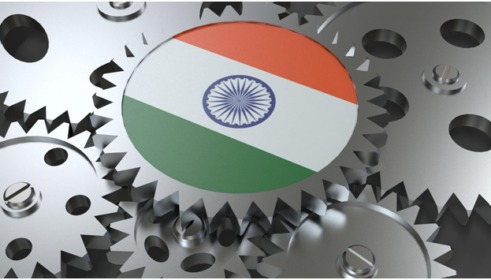India’s steel industry is sounding the alarm over rising pressure from low-cost imports. A surge in foreign steel—especially from China, Japan, and South Korea—is undercutting domestic prices, threatening profitability, jobs, and long-term sustainability. Policymakers are now reviewing safeguard measures to protect local producers
India’s booming infrastructure sector has made it one of the world’s largest steel consumers. However, domestic producers are struggling to keep pace as cheap imports flood the market. According to the Reserve Bank of India’s October 2025 bulletin, countries like China, Vietnam, and Russia have been “dumping” steel—selling it below production cost—leading to a sharp drop in domestic prices. Hot rolled coil and rebar are now trading at five-year lows, prompting calls for policy intervention. The RBI warns that without protective measures, India’s steel sector could face reduced capacity utilization and job losses.
Key highlights
-
India’s steel consumption grew over 11–13% annually between 2023 and 2025
-
Domestic production slowed to 6.8% in FY 2024–25, widening the supply gap
-
Imports surged 10.7% in H1 2024–25, dominated by China, Japan, and South Korea
-
Domestic steel prices fell to ₹47,000–₹48,000 per tonne, lowest since 2020
-
RBI recommends safeguard duties to counter dumping and stabilize the market
-
Industry leaders urge urgent government action to protect competitiveness and employment
As global steel oversupply intensifies, India’s ability to shield its domestic industry will be critical to sustaining growth in infrastructure and manufacturing.
Sources: RBI Bulletin (October 2025), Business Standard, The Week, BusinessWorld.

